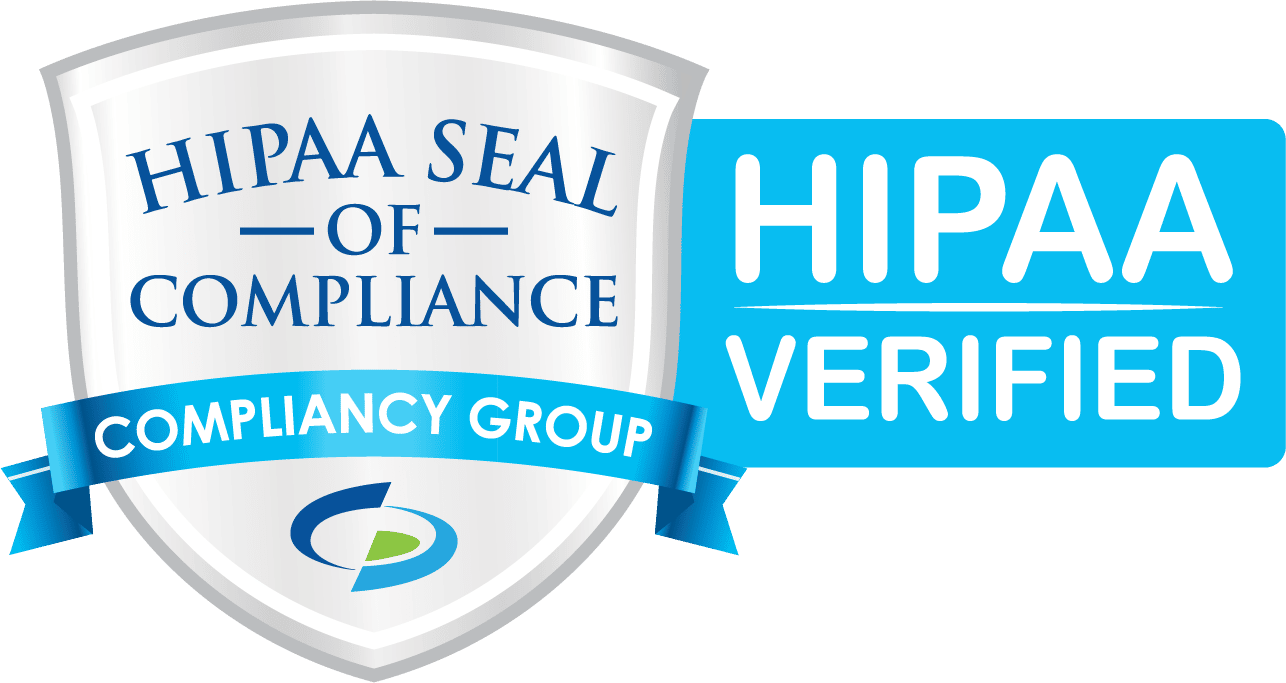Interoperability is one of the more persistent challenges for medtech companies in taking their devices to the next level and providing more insightful data. How do we find a way forward?
We discussed these issues with Rob Brull, Senior Product Director at Infor, on a recent episode of The Health Connective Show. Interoperability has been a large component of Rob’s work, focusing on simplifying healthcare integration with user-friendly software.
Rob shared his thoughts on why interoperability is so important, challenges and roadblocks to making it happen, and what the future holds.
The Importance of Interoperability
At the core of it, interoperability can facilitate greater quality of care for patients. Being able to connect medical devices with a health system’s data gives a more holistic view of each patient. That, in turn, empowers providers to better plan how to use medical devices in the care of patients.
Getting this level of patient data helps providers to understand patients’ existing health conditions and how certain devices might impact those conditions. That allows them to set better expectations with patients, plan out the course of treatment, and set an appropriate recovery plan.
Over time, interoperability also allows providers to collect and aggregate data on all of their patients to get a better understanding of how the use of certain devices and treatments affects the patient population as a whole. Providers are then able to better guide patients over time and get even better at pre-planning for procedures.
Why Interoperability Is a Challenge for Medical Device Companies
Historically, interoperability has always been a challenge for medical device companies because it is difficult for new applications to get access to the data they need.
One major issue is that most healthcare organizations still use HL7v2, a data format that came out in the early ‘90s. HL7v2 is a string of data that is delimited with pipes and hats. In the podcast, Rob spoke to the challenges of this format, stating, “If you know what’s between the pipes and between the hats, you can get to the data that you think you want. But then some people read the standard differently, and they determine that they may want to put that particular data in a different place, so it’s not where you expect it. And what you think you’re getting is not really what you’re getting.”
Essentially, each hospital has its own “flavor” to their HL7v2 message types.
This gets tricky for application development teams, because they have to be able to parse out the data from this format to get it into their database before they can start doing anything meaningful with it. That typically means having someone on the team that understands the HL7v2 format, and also being able to customize for each variation, and then bringing all of that together in a consistent way for developers to be able to work with it.
Common Roadblocks to Interoperability
In addition to dealing with older and inconsistent data formats, there are often roadblocks to getting access to the data in the first place.
Rob relayed that the contracts are often the biggest issue. Typically, the contracts will spell out what data can be accessed, how it can be used, etc. Hospitals are (rightfully) concerned about sharing data with outside entities due to the liability. So, being able to spell out what data you need and how you will use it, and limit down to just what you need can be useful.
Another common hindrance is actually making the connection. When working with smaller healthcare facilities, they often do not have robust IT departments who can help make that connection. Rob shared that Infor has approached this problem by offering a secure courier, an agent that is easy for a smaller or remote IT department to install and link to their medical records so that data can flow to the vendor.
What’s on the Horizon to Improve Interoperability?
While there are a few different ways that medical device companies might encounter roadblocks to interoperability, Rob shared that there are some things that may soon alleviate some of those pain points.
The biggest potential change is a push from the Centers for Medicare and Medicaid Services to broaden the scope of data being shared among patients, payers, and providers, and to do so in a more modern format. That is where Fast Healthcare Interoperability Resources (FHIR) comes in. FHIR is a much more flexible data format that is API and JSON-based.
The goal is to make FHIR the standard, which will open the door to more efficient, consistent sharing of data that will make it much easier to connect to a variety of applications in the healthcare space. However, according to Rob, currently only about 5% of healthcare data is shared via FHIR. There is still a long way to go, but the potential is very promising.
AI and analytics have also come a long way in the last few years. Once the data is available, these types of tools can do a lot of the legwork to analyze it.
While there are still challenges to interoperability today, it is great to see that the industry as a whole is moving in a more positive direction. Interoperability is not impossible today, but these changes may help to make it easier for everyone to connect data in a meaningful and efficient way.
Justin Bantuelle balances the responsibilities of both the Chief Operating Officer and the Web Technology Director after having worked with Health Connective for more than a dozen years. Justin regularly leads the cross-disciplinary teams in building out and updating applications for Fortune 500 companies.
Justin keeps his technical abilities sharp by contributing to an eclectic mix of open-source and personal projects on Github.
As the marketing manager, Ashley ensures that our clients’ marketing strategies are put into action. This includes content writing, SEO, online advertising, analytics, and interfacing with the tools, systems, and team members needed to help our clients accomplish their marketing goals.



